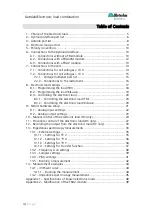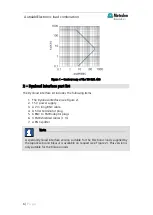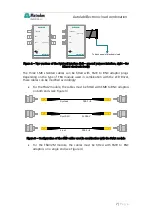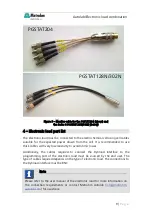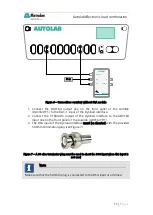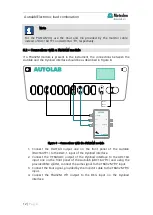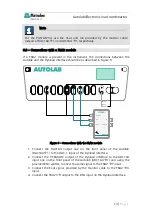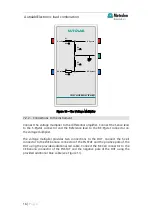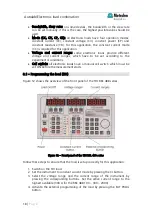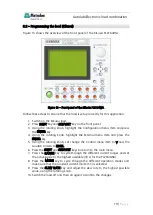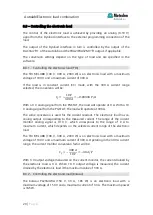
Autolab/Electronic load combination
5 |
P a g e
1
– Choice of the electronic load
The electronic load is a critical component of this hardware setup and it should be
chosen carefully. Some electronic loads are more suitable for working with a low
power energy storage device, while other electronic loads are adapted to very
large power output systems.
Many commercially available electronic loads can be used in combination with the
Autolab PGSTAT. However, in order to operate in combination with the PGSTAT,
the electronic load must fulfil the following requirements:
•
Analog external programming to control the setpoint (0-10 V range)
•
Analog external current monitor for current readout (0-10 V range)
A list of compatible electronic loads can be found in Table 1.
Load
Application
Bandwidth
Kikusui PLZ164WA
Single cells
100 kHz
Kikusui PLZ664WA
Single cells, small stacks
100 kHz
TDI RBL 488
Medium stacks
20 kHz
TDI WCL 488
Large stacks
1 kHz
Agilent 6060B
Single cells, small stacks
20 kHz
Agilent 3300
Single cells, small stacks
20 kHz
Chroma 6300
Medium stacks
20 kHz
Table 1 – Overview of compatible electronic loads
For small energy storage devices, a low power electronic load is sufficient. For
larger devices, more powerful electronic loads are required. Some electronic loads
require active cooling for power dissipation.
As a rule, it is not possible to have the following specifications at the same time:
•
Full current output even at 0 V cell voltage
•
High bandwidth (> 1 kHz)
•
High power
Small electronic loads like the Kikusui PLZ164WA have very high bandwidth
ratings and can operate at maximum current even if the cell voltage is 0 V. The
maximum power of these loads is however limited, which means that these
instruments are suitable for small single cell systems. On the other hand, larger
loads like the TDI RBL 488 have high maximum power and sufficient bandwidth,
but they require a minimum cell voltage to operate at full power (for example, the
TDI RBL 488 requires 3 V DC voltage to operate at 300 A, as shown in Figure 1).
These systems are therefore more suitable for large stacked cells.




